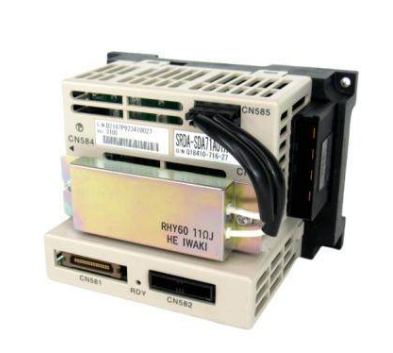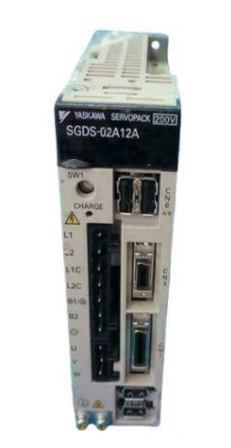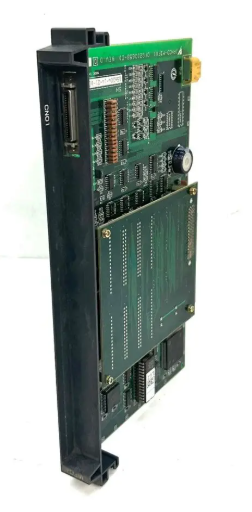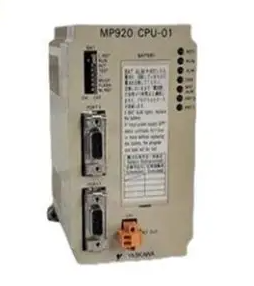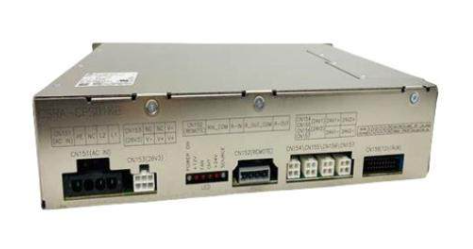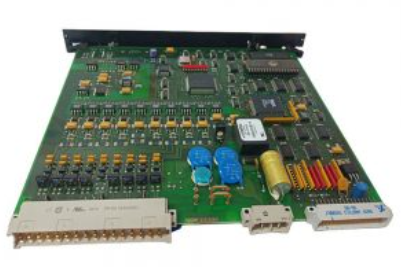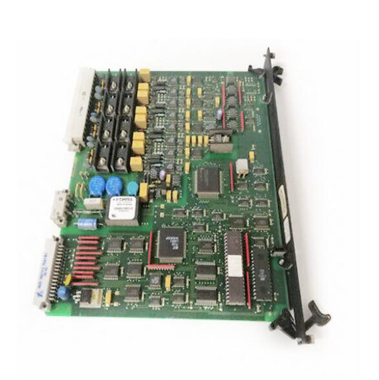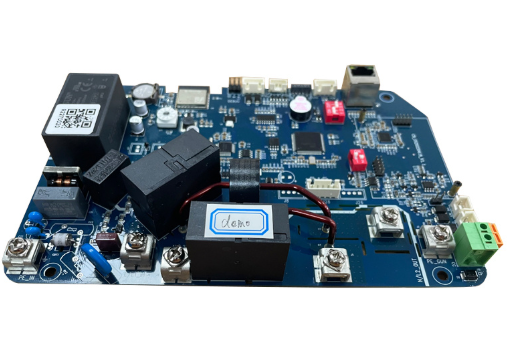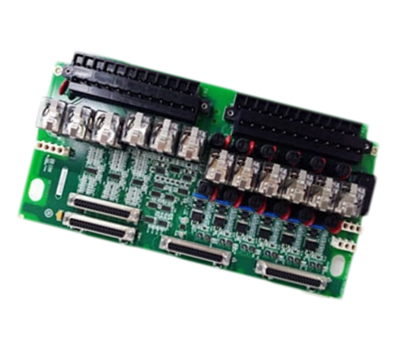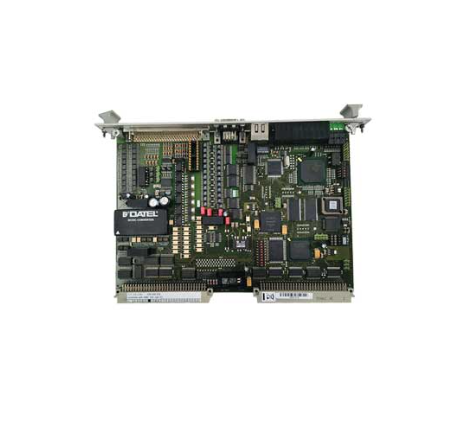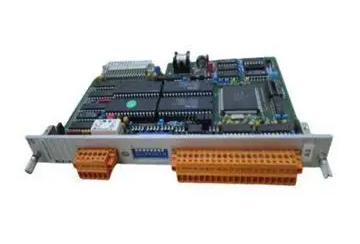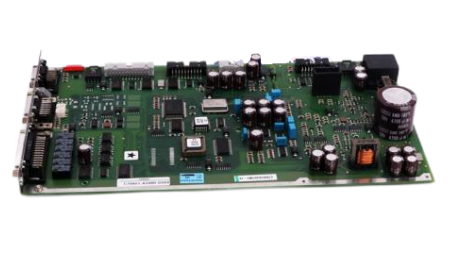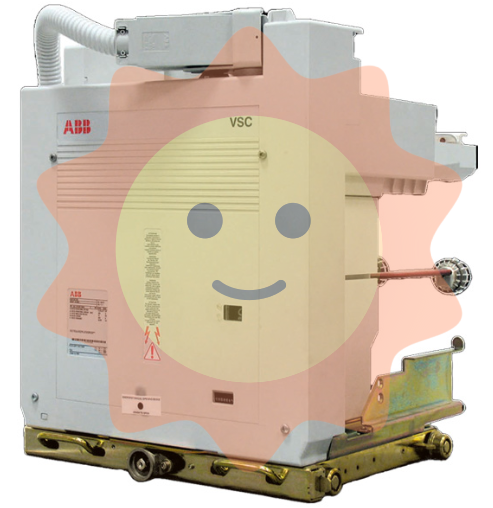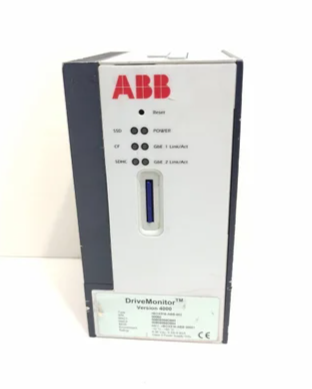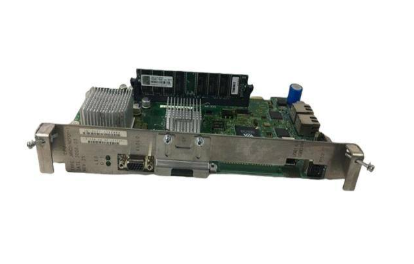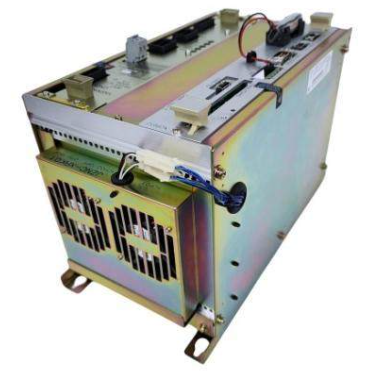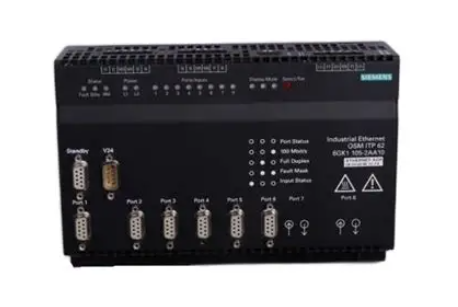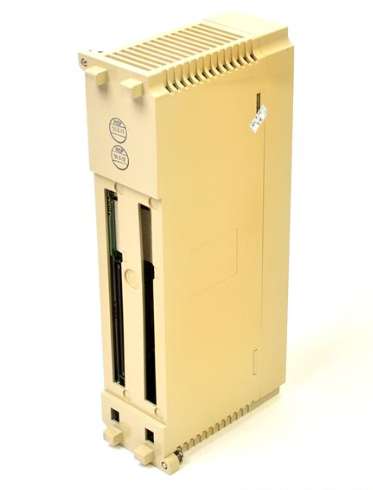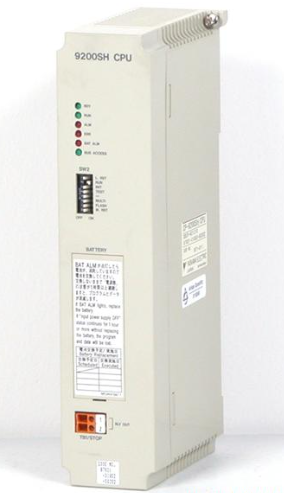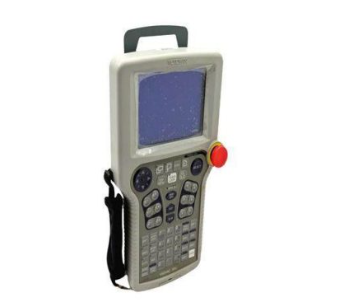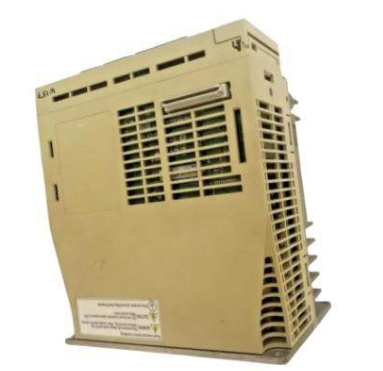AB 1756-CN2RXT ControlLogix-XT ControlNet Interface Module
AB 1756-CN2RXT ControlLogix-XT ControlNet Interface Module
Product Overview
Module Features: Can be configured and used like a traditional 1756 - CN2R/B module, with hardware features such as module status displays, status indicators, USB ports, BNC connectors, and more.
System Applications: ControlLogix - XT products can be used in conjunction with FLEX I/O - XT products for specific temperature range environments. Limitations on use with legacy ControlLogix components are noted, and system components are designed to meet higher environmental requirements.
Controls: Independent and redundant controls are supported. Standalone control uses one control chassis; redundant control requires two controller chassis and hardware configuration requirements such as module pairing, firmware version, network address, etc.
Pre-installation: Prepare the 1756-A5XT or 1756-A7LXT chassis, 1756-PBXT power supply, and other components. Use a small screwdriver to set the network address of the module (it needs to be unique in the standalone chassis, 00 is an invalid address), you can follow the steps to reset the module to the factory settings. The chassis and power supply need to be installed before installation. Modules can be installed in any open slot in the chassis, the number of which is limited by the rated number of power supplies.
Module Installation and Connection: Slide the module circuit board into the chassis after aligning it with the chassis rails when installing, make sure the backplane connector is properly connected and avoid forcing it in. When connecting to the network, use the specified taps, recommended direct connection taps, remove the dust cap before connecting, pay attention to the correct connection, redundancy control pairs of modules connected to the same network segment, check the status of the module after connection.
Software Setup: Installation EDS file can be uploaded from the module or downloaded from the official website. Configure RSLinx software to use USB port, need to install version 2.55 and above, pay attention to safety when connecting the USB cable, use the specified cable, after installing the USB driver, you can browse the module through the software.
Status Indication and Troubleshooting: The module status indicator and display show different information to determine the module's working status and the cause of faults, such as power failure, address error, etc. The ControlNet channel status indicator has different statuses, which can be used to determine the network faults, and according to the indication, the corresponding troubleshooting and processing.
Specification
Electrical and interface parameters
ControlNet Connector: Equipped with 2 BNC connectors for connecting to ControlNet network for data transmission.
USB port: USB 1.1 standard, adopting USB series B-type socket, recommended to use Samtec's RSP-199350 USB cable.
Communication rate: ControlNet communication rate is 5MB, which can meet certain data transmission requirements.
Performance Parameters
Nodes and Connections: Supports a maximum of 99 ControlNet nodes with a maximum of 131 connections, 3 of which are for redundant control and 128 connections for standard use.
Power-related: Maximum power consumption is 6.6W, maximum power dissipation 22.5BTU/hr. Backplane current is 1.3A at 5.1V DC and 3mA at 24V DC.
Isolation Voltage: Isolation voltage is 30V (continuous), basic insulation type, tested to 853V AC for 60s between the ControlNet network and the system and
ControlNet ports.
Wiring category: Wiring category 2 - on communication ports for planning conductor wiring.
Physical Parameters: Weighs approximately 0.293kg (0.64lb), occupies 1 slot width, device is open, no specific enclosure type rating.
Temperature parameters: North American temperature code is T4A, IEC temperature code is T4. Operating temperature range is - 25...70°C (-13...158°F), non-operating temperature range is - 40...85°C (-40...185°F).
Environmental adaptation parameters
Humidity: Relative humidity range of 5...95% without condensation.
Vibration and shock: 2 g @ 10...500 Hz during operation, 30 g for operational shock, 50 g for non-operational shock.
Electromagnetic compatibility: Complies with CISPR 11 Group 1, Class A standards, with a certain degree of anti-interference ability. There are corresponding immunity specifications for Electrostatic Discharge (ESD), Radiated Radio Frequency (RF), Electrical Fast Transient Bursts (EFT/B), Surge Transients, Conducted RF, etc.

- EMERSON
- Honeywell
- CTI
- Rolls-Royce
- General Electric
- Woodward
- Yaskawa
- xYCOM
- Motorola
- Siemens
- Rockwell
- ABB
- B&R
- HIMA
- Construction site
- electricity
- Automobile market
- PLC
- DCS
- Motor drivers
- VSD
- Implications
- cement
- CO2
- CEM
- methane
- Artificial intelligence
- Titanic
- Solar energy
- Hydrogen fuel cell
- Hydrogen and fuel cells
- Hydrogen and oxygen fuel cells
- tyre
- Chemical fiber
- dynamo
- corpuscle
- Pulp and paper
- printing
- fossil
- FANUC
- Food and beverage
- Life science
- Sewage treatment
- Personal care
- electricity
- boats
- infrastructure
- Automobile industry
- metallurgy
- Nuclear power generation
- Geothermal power generation
- Water and wastewater
- Infrastructure construction
- Mine hazard
- steel
- papermaking
- Natural gas industry
- Infrastructure construction
- Power and energy
- Rubber and plastic
- Renewable energy
- pharmacy
- mining
- Plastic industry
- Schneider
- Kongsberg
- NI
- Wind energy
- International petroleum
- International new energy network
- gas
- WATLOW
- ProSoft
- SEW
- wind
- ADVANCED
- Reliance
- YOKOGAWA
- TRICONEX
- FOXBORO
- METSO
- MAN
- Advantest
- ADVANCED
- ALSTOM
- Control Wave
- AB
- AMAT
- STUDER
- KONGSBERG
- MOTOROLA
- DANAHER MOTION
- Bently
- Galil
- EATON
- MOLEX
- Triconex
- DEIF
- B&W
- ZYGO
- Aerotech
- DANFOSS
- KOLLMORGEN
- Beijer
- Endress+Hauser
- MOOG
- KB
- Moxa
- Rexroth
- YAMAHA
- Johnson
- Westinghouse
- WAGO
- TOSHIBA
- TEKTRONIX
- BENDER
- BMCM
- SMC


Email:wang@kongjiangauto.com


